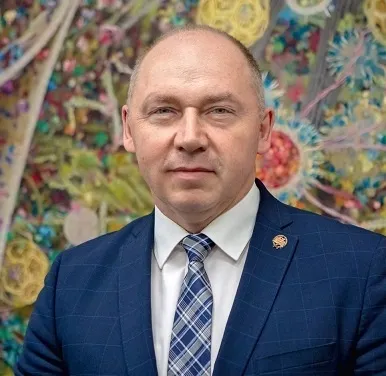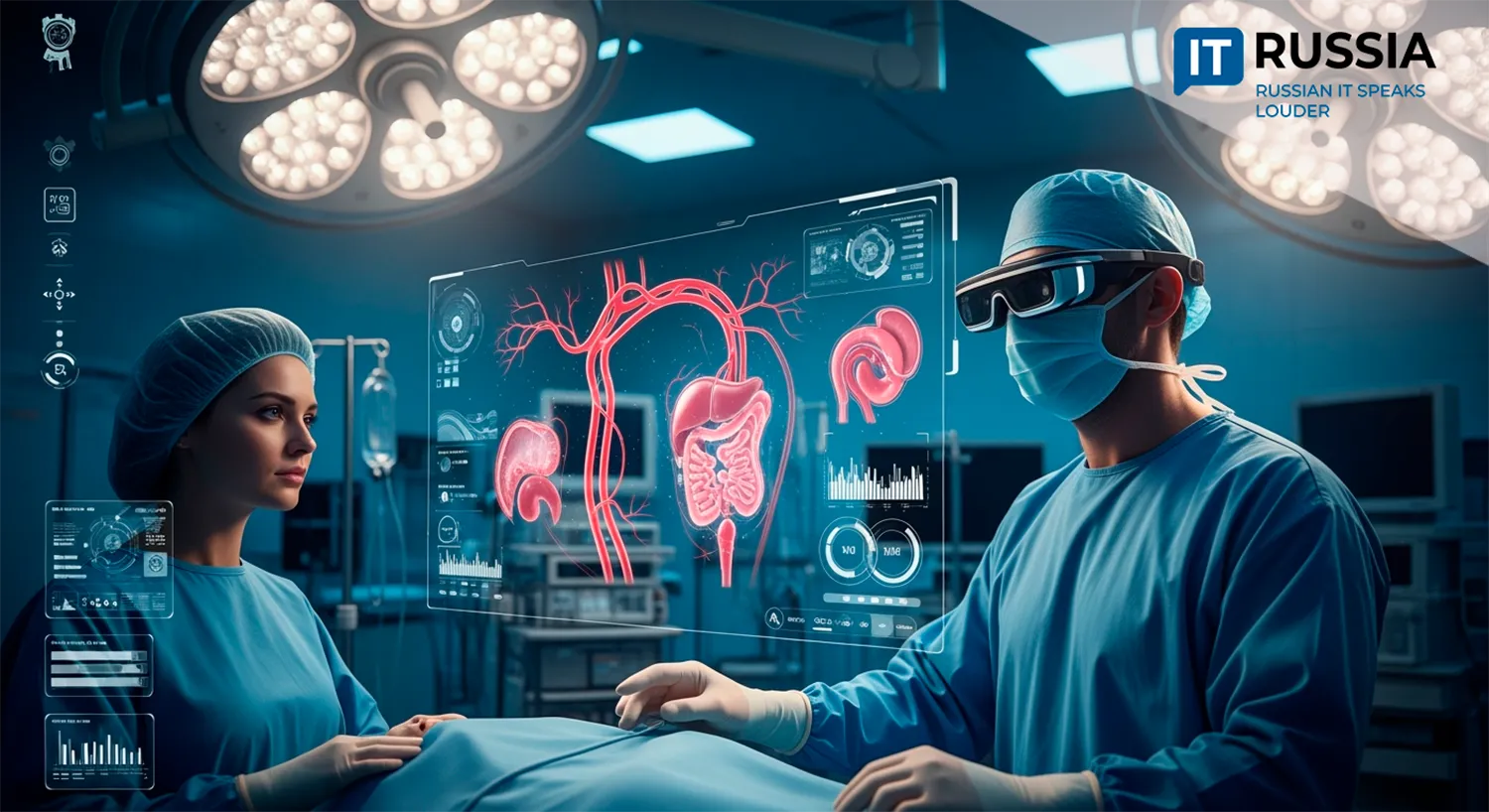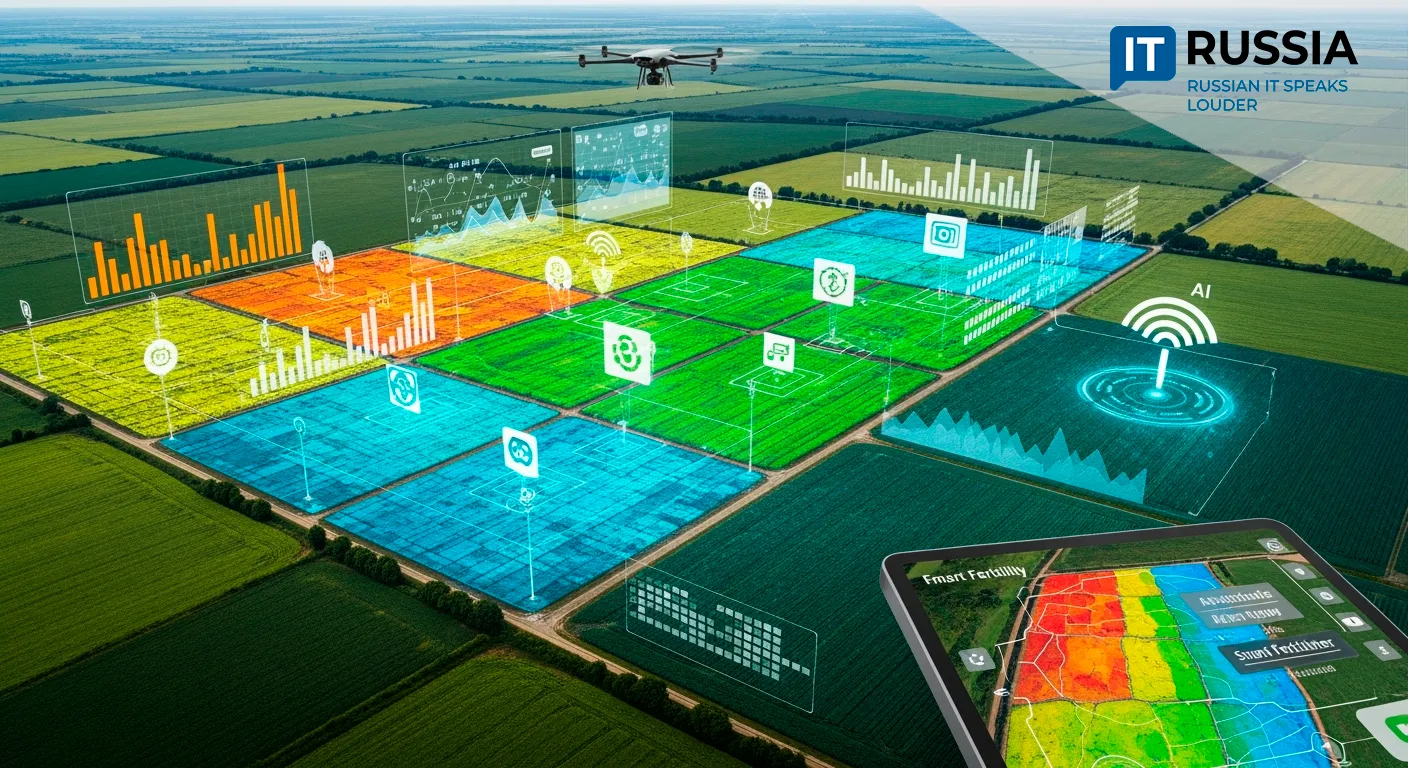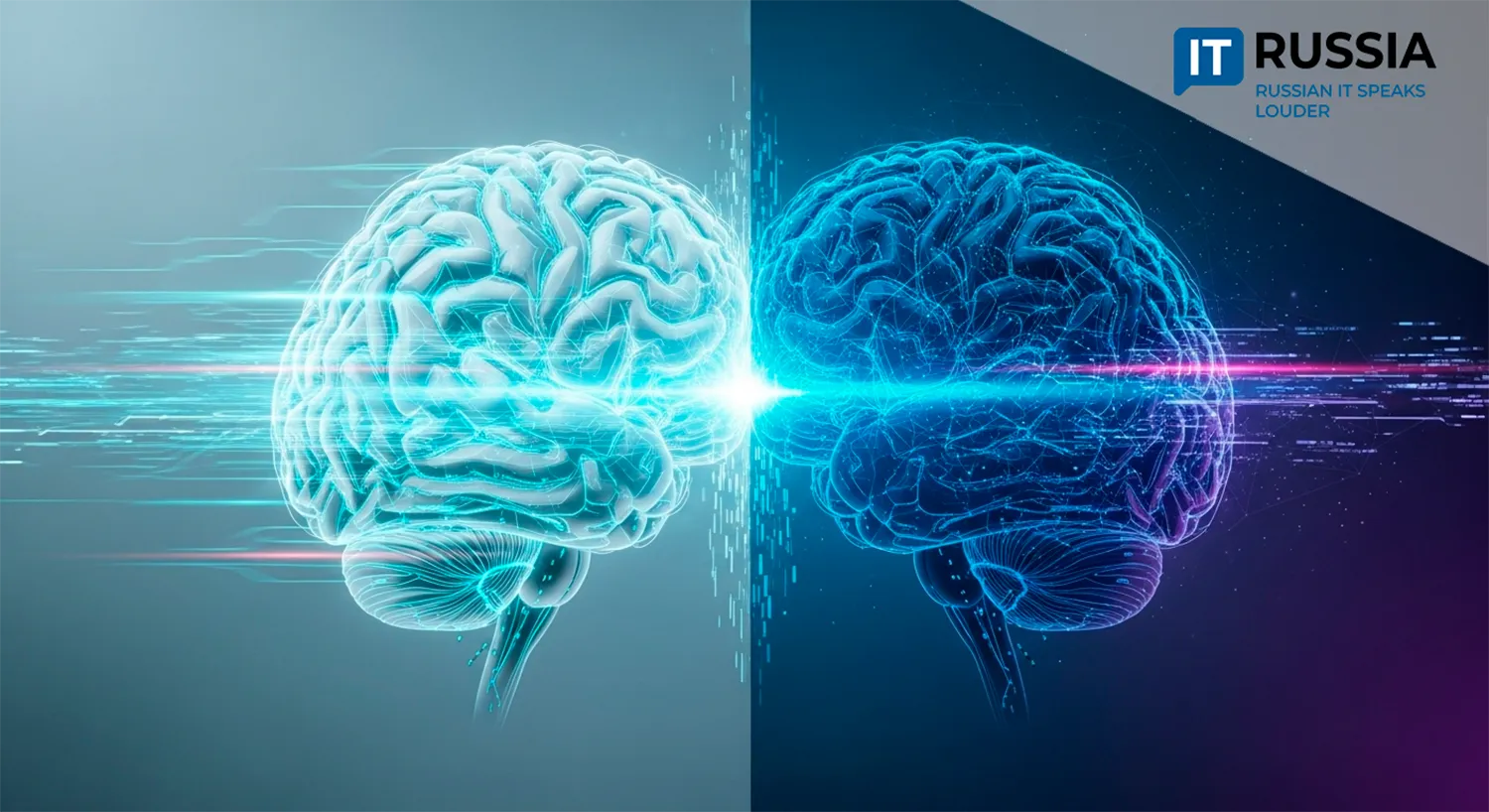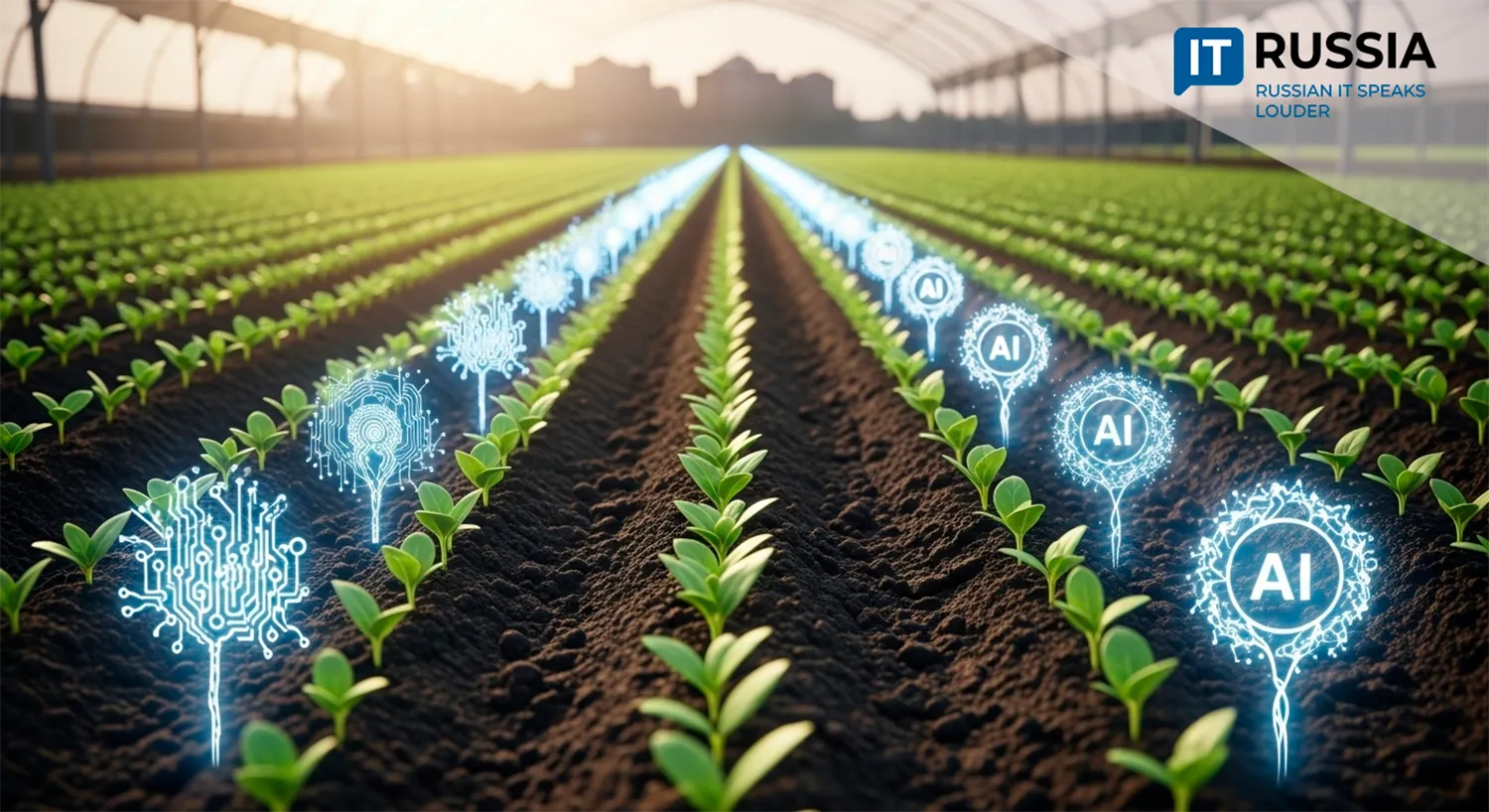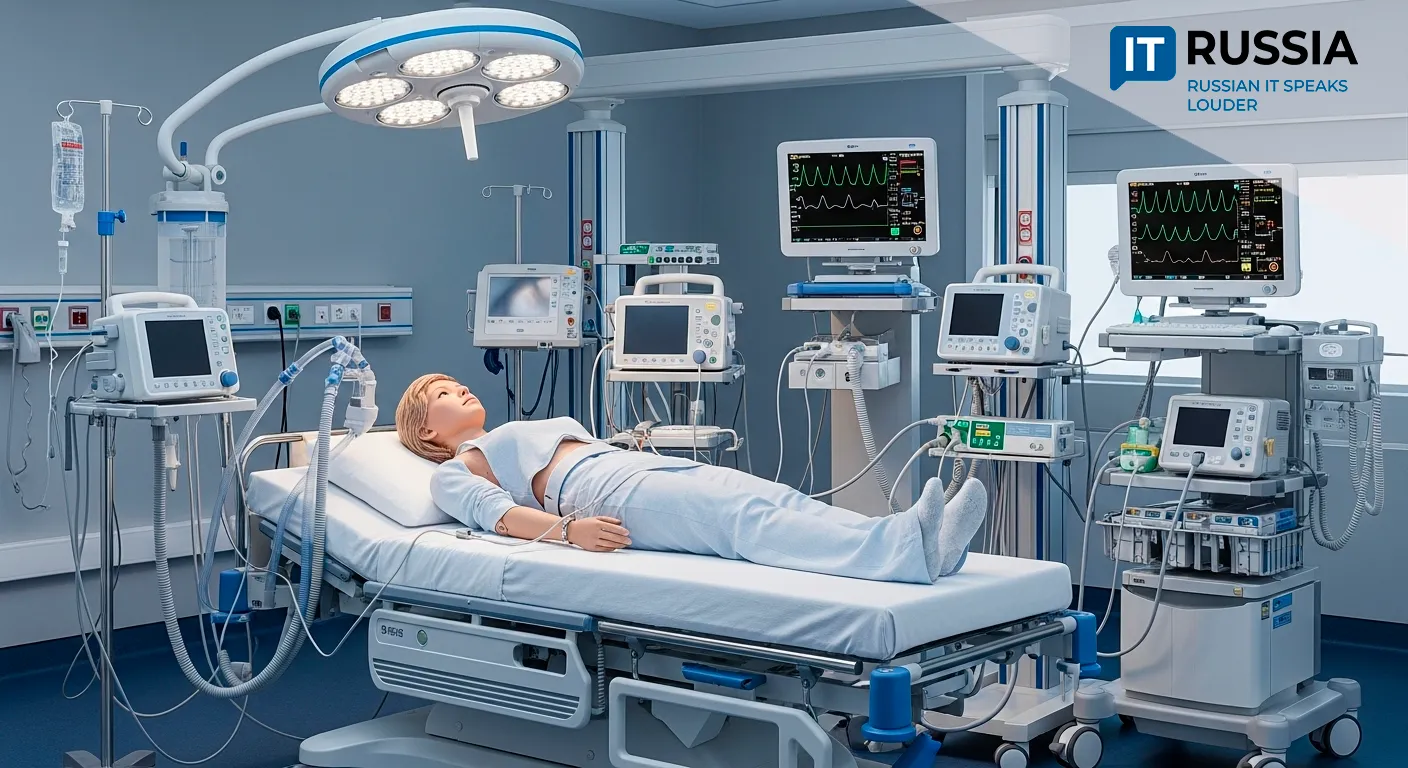AI Sees the Unseen: Russian Algorithm Detects Hidden Molecular Conformations
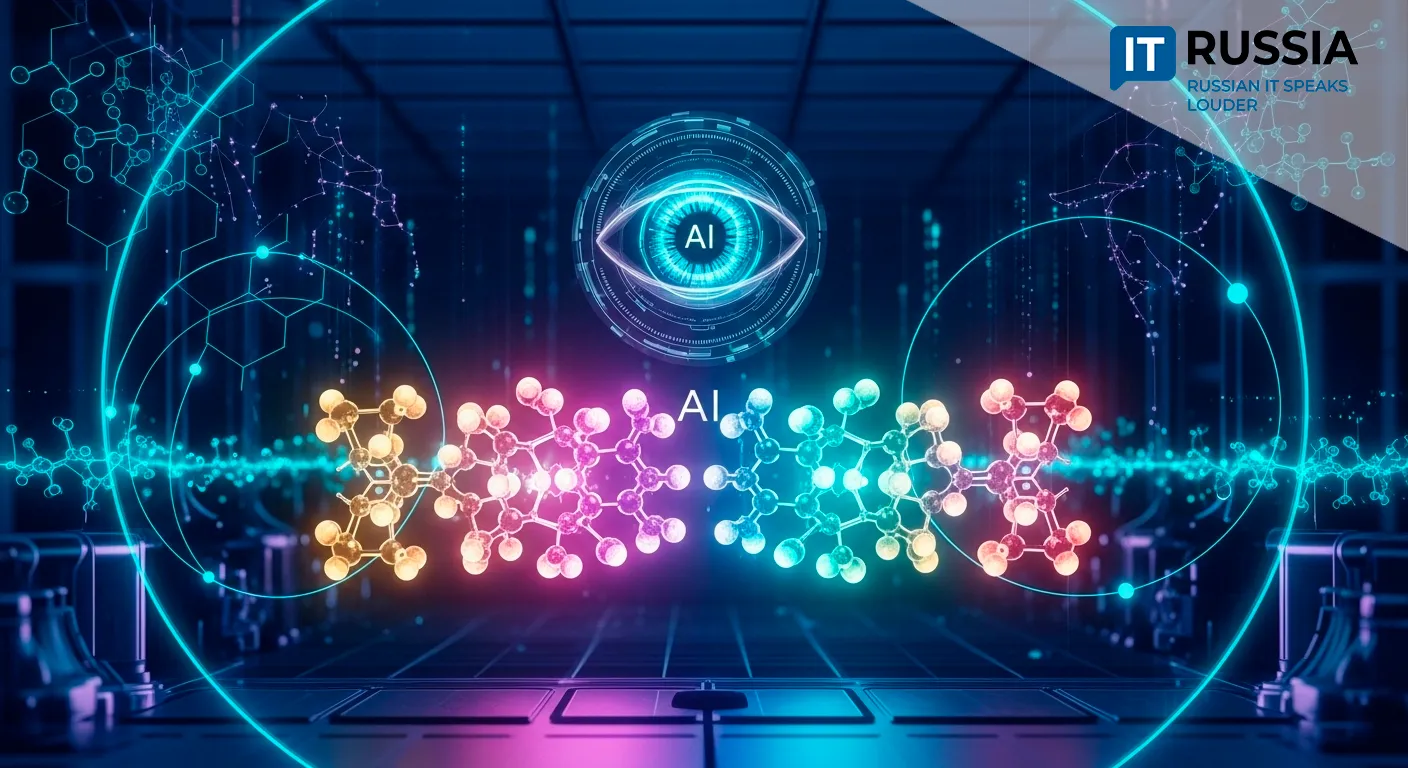
Russian researchers have developed an AI tool capable of identifying elusive molecular conformations, unlocking faster and more accurate drug design.
Artificial Intelligence Breaks Through Molecular Blind Spots
Scientists from Moscow State University (MSU) and the Zelinsky Institute of Organic Chemistry have introduced a new AI-based method that detects previously overlooked spatial configurations—or conformations—of molecules.
In drug development, understanding a molecule’s 3D conformation is essential. Even subtle changes can dramatically alter its therapeutic potential or toxicity. While tools like CREST already identify stable molecular forms, some biologically relevant configurations remain hidden.
The Russian-developed algorithm addresses this blind spot. In a test run on 60 biologically active molecules, the system discovered up to 28 additional conformations not found by classical methods—nearly half the dataset.
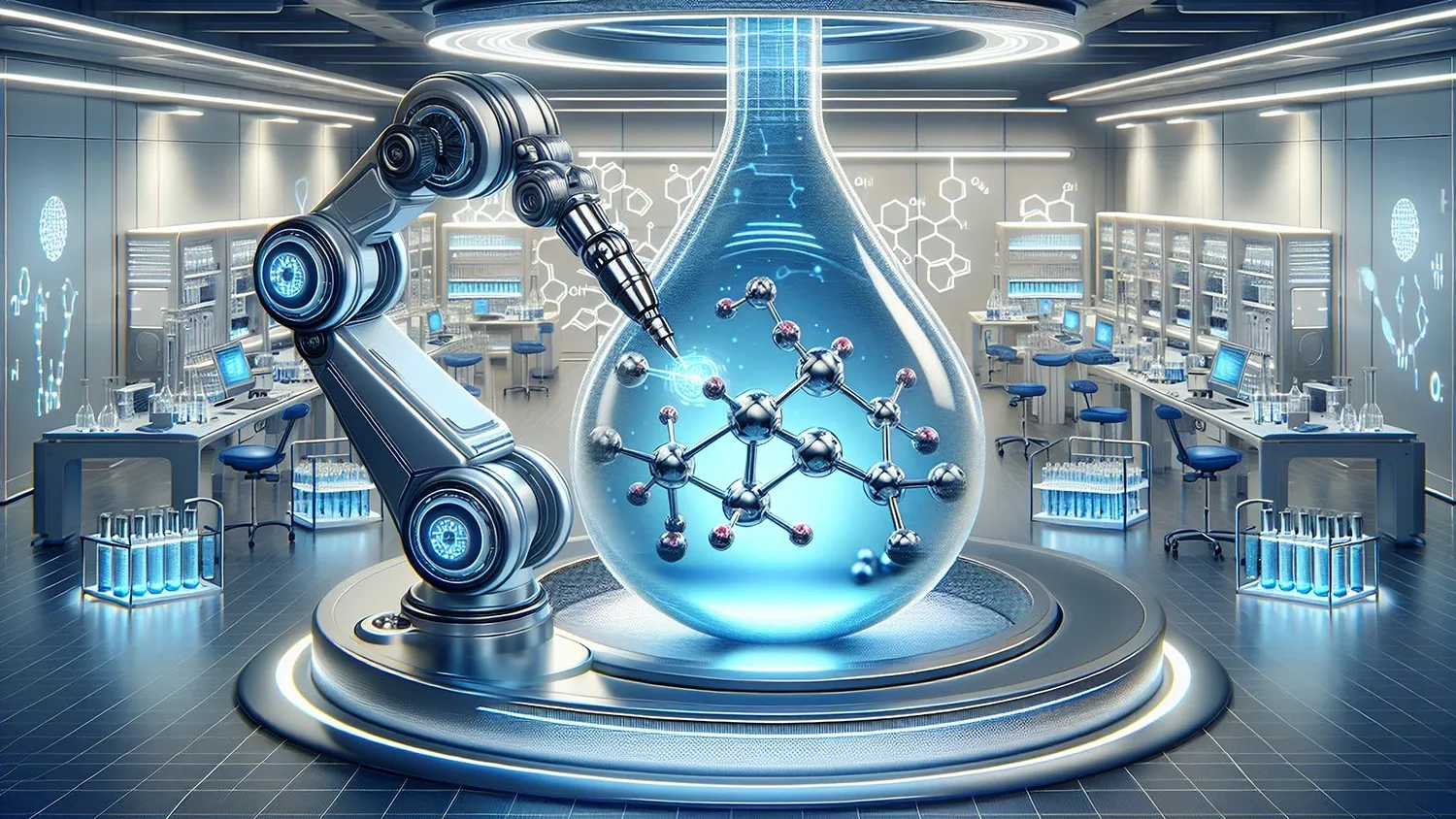
These results suggest that dozens of promising drug candidates may have been previously missed. The work, supported by a Russian Science Foundation grant, was published in the Journal of Chemical Information and Modeling.
A Leap for Domestic Innovation and Global Pharma
For Russia, this innovation marks a leap forward in molecular design, enabling faster, more reliable development of pharmaceuticals and industrial catalysts.
Globally, the method contributes to next-generation automated modeling in chemistry and pharma—cutting development time, enhancing safety, and reducing reliance on costly physical trials. For patients, this means faster access to cleaner, safer, and more affordable medications.

Toward Scalable Platforms and Hybrid Modeling
The algorithm has commercial potential. It could underpin a software platform for quantum-chemical and structural modeling—similar to CAD systems—appealing to pharma firms, research labs, and chemical companies worldwide.
In Russia, the tool promises shorter R&D cycles, lower simulation costs, and a shift from hundreds of manual calculations to 20–30 AI-assisted iterations. The system also integrates with quantum models and other digital physics tools, ushering in an era of hybrid modeling—AI + physics = faster material and molecule discovery.
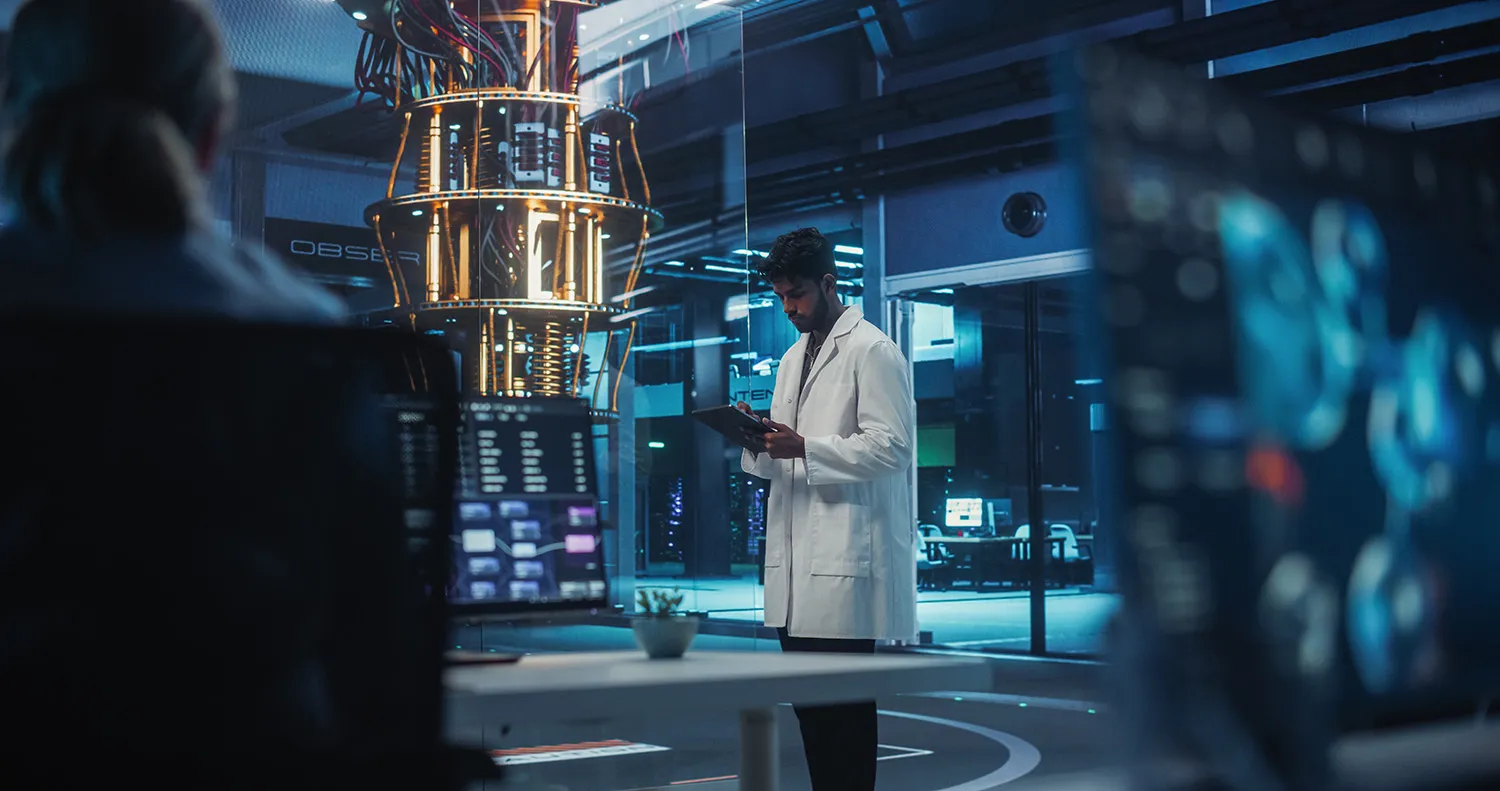
Bridging Chemistry and AI: A First-of-Its-Kind Approach
This approach builds on recent progress in computational chemistry, combining CREST’s classical algorithms with Gaussian processes—until now used only for molecular property optimization. While the U.S., China, and Germany are advancing hybrid modeling, Russia is the first to apply this method for conformation search under data constraints and high molecular complexity.
The result: a universal tool suitable for both organic and metal-organic compounds, offering significant cost savings and higher modeling accuracy. In a long-term, the platform could support predictive medicine—enabling personalized therapies based on digitally simulated treatments.
Russia is proving that it’s not just keeping pace with global trends in AI and molecular chemistry, but actively shaping the field. The impact? Better health outcomes, technological independence, and a stronger digital economy.


